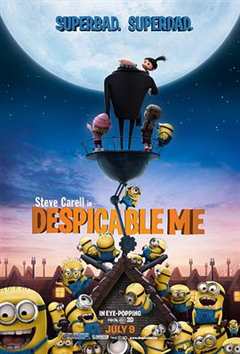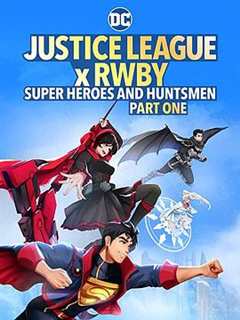小学英语人教版(PEP)4-6年级上册知识点归纳(20)
2024-06-15 来源:旧番剧
注意:句①②只是一种变化过程,不必写入试题中。句③才是试题所要求的形式和结果,必须写到试题上。以上三个步骤是对句子划线部分提问最基本的过程。然而对不同句子的不同成份提问时,还要注意以下几点:
(1). 如果句子的划线部分是主语,只找出相应的特殊疑问词,用来代替划线部分即可。如:
1)He teaches us English. Who teaches usEnglish?
2)My mother"s clothes are over there. Whoseclothes are over there?
(2). 如果句子的划线部分是谓语(包括谓语动词),不论原来的谓语动词是何种形式(时态、语态),都要将谓语动词变为do的相应的形式:不论原来的谓语动词后面跟的是人、物还是地点,一律用What来代替。如:
1)They are playing football.
①They are doing what. ②Are they doing what? ③What are they doing?
2)They wolf is going to kill that man.
①They wolf is going to do what. ②Is the wolf going todo what?
③What is the wolf going to do?
小学英语 小学英语人教版免费学 小学英语人教版 小学英语人教版 小学英语人教版跟读
(3). 如果句子的划线部分是定语,并且在谓语部分,这时,需将特殊疑问词和紧跟其后的名词一起提到句首。如:
1)That is his pen.
①That is whose pen. ②Is that whose pen ③Whose pen is that?
对定语划线部分提问题,如果划线部分是所属关系,特殊疑问词用whose;如果划线部分指具体的"某一个"时特殊疑问词用which;如果划线部分指内容或职业时,特殊疑问词用what;如果划线部分指数量时,特殊疑问词用how many(可数)或how much(不可数)。如:
1) They are the legs of the desk.
①They are whose legs. ②Are they whose legs? ③Whose legs are they?
猜你喜欢
动漫推荐
免责声明:动漫番剧数据来源网络!本站不收费,无vip,请勿上当!
www.jiufanju.com-旧番剧








